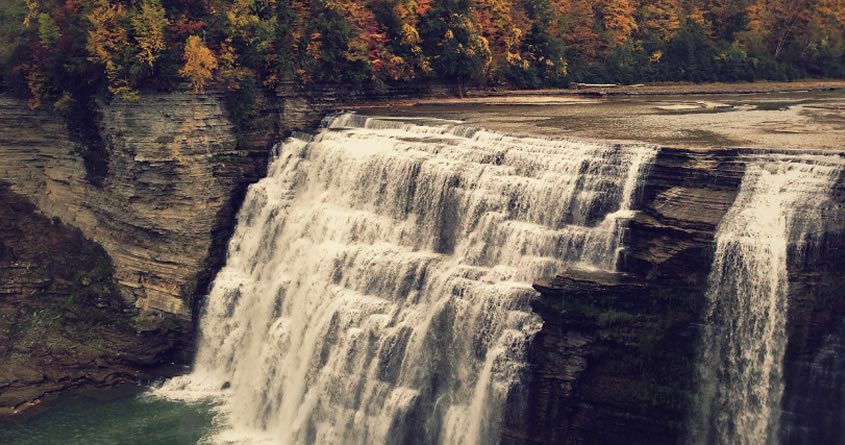Pollution refers to the act of making something impure, such as water or air. In this article, we’re speaking about fresh water in lakes, streams and even groundwater. When water is polluted, it is not fit for consumption, and can become more of a problem as technologies and businesses expand. There are three types of pollutants in water. This list includes physical, chemical, and biological.
Physical pollution
Physical pollution can be in the form of heat from an industrial or business source or particles of soil from erosion. While some are bottom sediments because of the particles releasing and going to the bottom, there are also chemical pollutants within these particles.
Chemical pollution
In fresh waters like lakes and streams, there are chemicals that dissolve from the soil onto the rocks that they go over. Inorganic elements in this list are:
- Calcium
- Magnesium
- Carbon
- Chlorine
- Sulfur
- And many more.
There are also organic compounds that play a role in chemical pollution because they are derived from decaying materials. However, nature isn’t the only pollution source as human-made compounds are also responsible for water pollution.
Biological
Living things aren’t pollutants, however, what they grow can be. Certain types of bacteria and plants can become troublesome when it comes to pollution. While such pollution may not kill humans, thousands of animals have fallen victim to accidental cyanide releases from a facility in Romania. The river, known as the Tisza River, had killed not only aquatic animals but also terrestrial animals in the surrounding area.
Though this seems as a man-made pollution, it’s also biological. This pollution traveled so far downstream that it reached Hungary and Yugoslavia, accounting for hundreds and thousands of animal deaths for up to three weeks.
Point sources of pollution.
What is the point source of pollution? It’s simply the source of pollution that can be directly pinpointed like a broken pipe from where pollutants are entering into the water. Where there are point sources, there are nonpoint sources of pollution as well.
Nonpoint sources of pollution
This type of pollution is something that one cannot directly pinpoint but it seeps into natural bodies of water such as urban gardens and lawns, pavements, construction sites, agricultural fields and more. There are many pollutants that end up in the urban drains such as fertilizers, herbicides, poisons, pollutants from vehicles and more.
Agricultural and airborne contaminants are frequent as fossil fuels and other pesticides can also run amuck in bodies of water that are untreated. Mercury, heavy metals, and other compounds are inserted naturally through precipitation, causing even more pollution when it rains.
Does it affect my water supply?
Usually, water comes from a reservoir, and it may be polluted. So if you’d like to keep your water clean in your home, consider buying a filter from EW Technologies. Whether you have hard or soft water, a filter can help reduce the amount of possible pollutants and minerals in your water.
 3-IN-1 Boiling Tap
3-IN-1 Boiling Tap  Water Softeners
Water Softeners 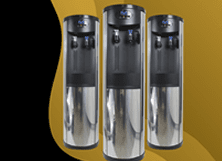 Water Cooler
Water Cooler 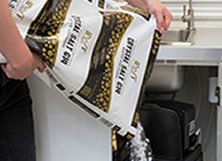 Water Softener Salt and Service
Water Softener Salt and Service  Taps
Taps  About Us
About Us
 Product Manuals/ Trouble Shooting
Product Manuals/ Trouble Shooting
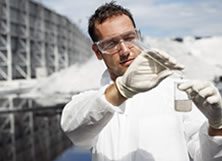 Water Testing
Water Testing
 What's in my water
What's in my water
 Water Analysis Guide
Water Analysis Guide
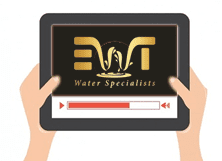 EWT Videos
EWT Videos
 Water Quality
Water Quality
 Blog
Blog
 EWT Soft Water
EWT Soft Water
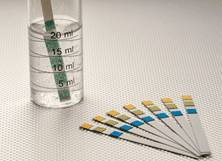 Fix Softner Issues
Fix Softner Issues
 Satisfaction Guarantee
Satisfaction Guarantee
 Commercial Service
Commercial Service
